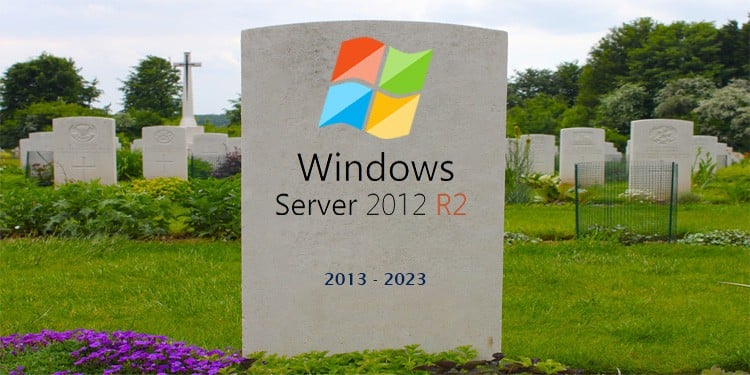The End of Support for Windows Server 2012

As the end of support for Windows Server 2012 and 2012 R2 draws near, organizations are faced with the crucial task of migrating their infrastructure to ensure security, compliance, and continued operational efficiency. In October 2023, Windows Server 2012 and 2012 R2 will reach the end of extended support, making it crucial for organizations to plan their migration strategies to mitigate risks and maintain a supported environment. If you need any help with strategizing or the actual migration itself, please don’t hesitate to reach out to us at 702-547-9800, support@nsa-nv.com, or by clicking here.
Increased Risk of Exposure
Once support ends for Windows Server 2012, Microsoft will no longer provide security updates, non-security updates, bug fixes, technical support, or online technical content updates for these operating systems. Running unsupported software poses significant security and compliance risks. Cybercriminals often target software that has reached its end of life, exploiting vulnerabilities that will no longer be patched. Delaying migration or upgrade efforts exposes your organization to increased security risks, potentially leading to financial losses, reputational damage, and targeted attacks. It is imperative to take action before the deadline.
Compliance Concerns
Maintaining compliance with industry regulations such as PCI or HIPAA requires organizations to have vendor-supported infrastructure and applications. Running unsupported workloads or applications that are no longer in scope for compliance can make your organization noncompliant, leading to fees, increased insurance premiums, and heightened exposure to security attacks.
Options for Migration
Before embarking on any migration or upgrade, it’s essential to assess your specific needs and constraints. Consider factors such as time, skills, budgetary constraints, and system interdependencies. In addition, create a strategic plan that aligns with your organizations goals, including factors such as time, budget, and available resources. Microsoft has provided organizations several options to consider for migration:
Upgrading to a Newer Windows Server: Consider upgrading to Windows Server 2016, 2019, or the latest version, Windows Server 2022, depending on your budget, requirements, and compatibility. If on-premises infrastructure is necessary for business compliance, we recommended you upgrade to Windows Server 2022.
Pay for Extended Security Updates (ESUs): Organizations can also opt to purchase an extended security update from Microsoft. The extended security update will last for three years, renewable each year, until October 13, 2026.
Migration to Azure: Consider migrating applications and databases to Azure services such as Azure Stack HCI, Azure VMware Solutions, or Azure Virtual Machines. Microsoft is providing free extended security updates up to three years after the end of support for organizations who migrate to Azure. Azure Stack HCI is great for on-premise while Azure VM is great for cloud options.
Expert Assistance
Engaging a third-party assessment can provide valuable insights into your environment and help you prioritize and focus your migration efforts. If you need any information, help developing a strategy for migration, or the migration itself, feel free to reach out at 702-547-9800, support@nsa-nv.com, or by scheduling a free consultation on our home page by clicking here. We are confident that our guidance and help can reduce the time required for updates, maximize security, and ensure better support for your IT environment.
Conclusion
As organizations approach the impending end of support for Windows Server 2012 and 2012 R2, they must carefully plan their migration strategies to ensure security, compliance, and operational continuity. Whether you choose to leverage Azure services or upgrade to newer Windows Server versions, it’s important to align your IT strategy with your specific needs and constraints. By taking a proactive approach and seeking expert assistance, you can navigate this transition successfully and unlock the benefits of a modern and secure IT environment.
Remember, with the right planning and execution, migrating from Windows Server 2012 can be an opportunity to enhance your infrastructure, improve efficiency, and ensure the long-term stability of your IT environment. We would be happy to help you strengthen your infrastructure!

